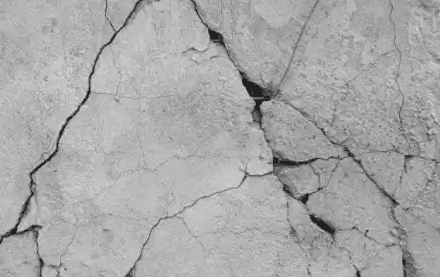How To Deal With Concrete Defects In National City?

- Surface faults, subsurface defects, and reinforcing difficulties are the main forms of concrete defects. Cracking, crazing, efflorescence, staining, and pitting are surface flaws. Subsurface faults can weaken concrete and cause difficulties. Void, honeycombing, delamination, scale pockets. Unsecured or improperly positioned steel reinforcement in concrete causes reinforcement difficulties. This can cause cracking and spalling.
- Concrete flaws have various causes. Poor materials or mixing ratios may be the blame. Sometimes it’s caused by weather during placement or curing, or incorrect handling or finishing. To fix a defect, you must know its cause. Otherwise, you’ll address the symptom, not the reason.
- Concrete faults are best avoided. Inspect concrete often, especially during and after construction. Look for cracks, crazing, efflorescence, and pitting. If you see subsurface voids or honeycombing, call a pro. Check the steel reinforcement’s placement and security.
- If you catch a concrete defect early, it will be much easier and less expensive to repair. For small surface defects, such as crazing or pitting, you can often just use a concrete sealer or patching compound. For bigger defects, you may need to remove and replace the affected area. This is especially true for subsurface defects, which can cause serious structural issues if left untreated.
- While it’s important to fix small defects immediately, don’t ignore serious ones. If left untreated, these defects can cause major structural problems. In some cases, you may even need to demolish the entire structure and start from scratch. If you’re not sure how to deal with a particular defect, it’s always best to consult with a professional. They will be able to assess the problem and recommend the best course of action.
FAQ’s
How Can We Prevent Concrete Defects?
The best way to prevent concrete defects is by using high-quality materials and following proper mixing and placement procedures. Inspect concrete often, especially during and after construction. Look for cracks, crazing, efflorescence, and pitting. If you see subsurface voids or honeycombing, call a pro. Check the steel reinforcement’s placement and security.
What Are The Common Surface Defect Of Concrete?
The common surface defects of concrete are cracks, crazing, efflorescence, and pitting.
How Do You Repair Damaged Concrete?
For small surface defects, such as crazing or pitting, you can often just use a concrete sealer or patching compound. For bigger defects, you may need to remove and replace the affected area. This is especially true for subsurface defects, which can cause serious structural issues if left untreated.
Conclusion
It is important to be able to identify concrete defects in order to prevent serious structural issues. Keep an eye out for surface flaws such as cracks, crazing, efflorescence, and pitting. If you see subsurface voids or honeycombing, call a professional. Check the steel reinforcement’s placement and security. For more information, contact Concrete Contractor National City at (619) 678-0060.